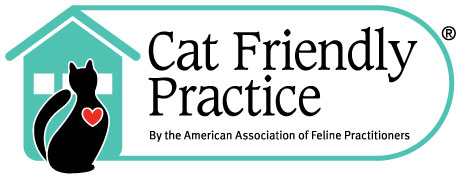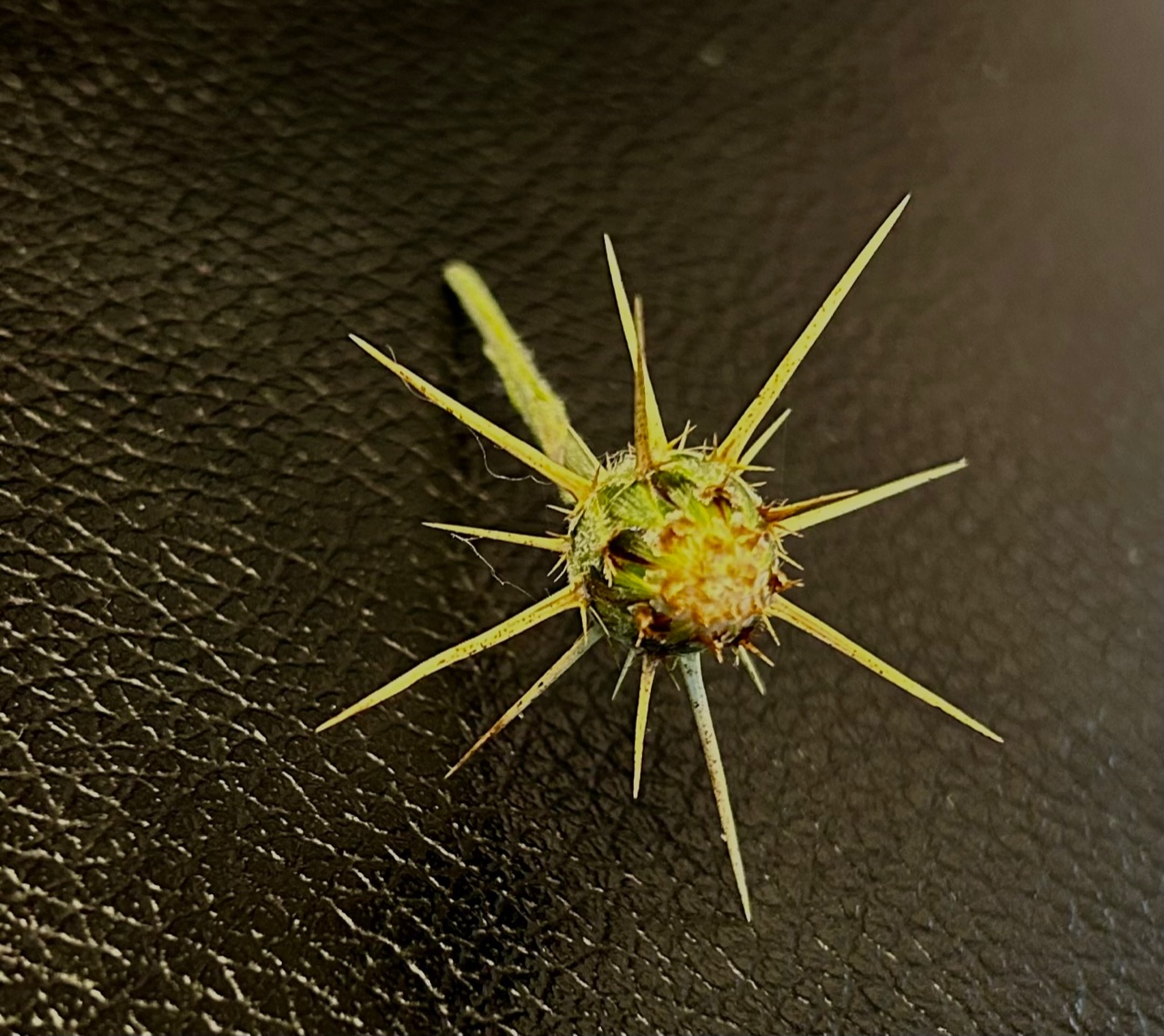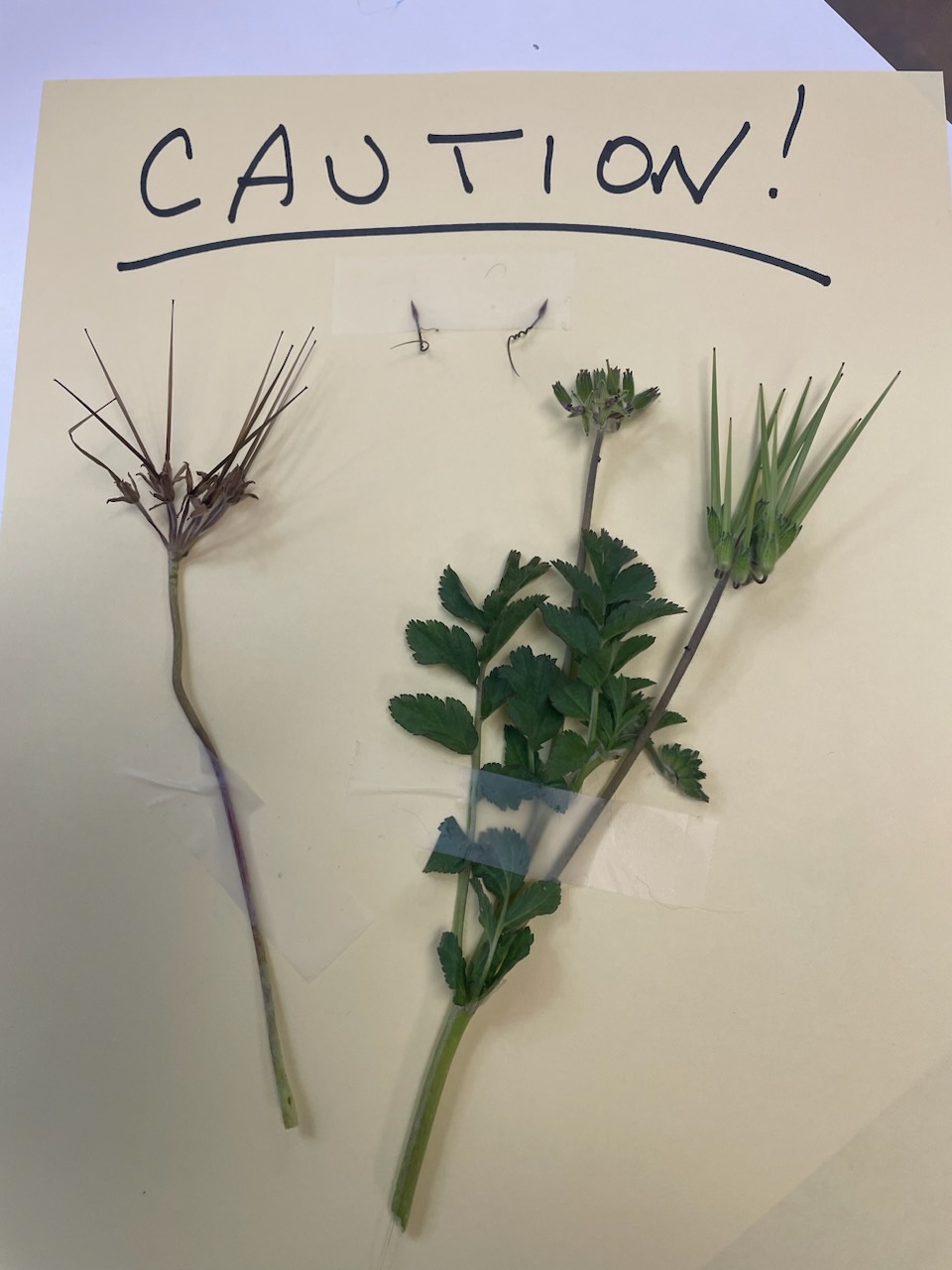Last week we learned about normal noses. A lot can go wrong here. The outer part of the nose is susceptible to sun induced cancer, particularly in cats that have pink noses and white skin. We can also see skin diseases similar to lupus in this area. One of the more common problems we see is foxtails (grass awns) inside the nose. Dogs get these most often when sniffing around in dry grass. As you can see in this photo of the nasal cavity, this can be a very irritating and lead to lots of sneezing! Cats are prone to a viral upper respiratory disease that causes inflammation and sneezing. If infected when very young, some cats will not develop proper turbinates and lining (the internal structure of the nasal cavity.) These cats lose their ability to filter air, and develop nasal infections very easily. Bacterial infection of the nasal cavity usually causes a yellow to green, thick nasal discharge and should be easy to cure. When infection doesn ™t resolve, we worry about foreign bodies (like foxtails), tooth root abscesses and tumors. Nasal cavity tumors in dogs tend to be very aggressive and hard to cure. The first sign of a nasal tumor is usually a nasal discharge, sometimes with blood. Young dogs are somewhat prone to fungal infection in the nose. These can appear just like tumors, with a bloody nasal discharge. If diagnosed early enough, a cure is quite possible, but requires pretty extensive treatment.
Diagnosing nasal disease can be very tricky. Special scopes are required to look deep into the
nasal cavity. Very detailed x-rays or even CT and MRI studies are often needed. Animal Care Clinic has the equipment necessary to handle most nasal cavity cases- we generally refer patients out of the area only for advanced imaging studies. If you are worried about your pet ™s sniffer, or any other body part, come see us.
by Bonnie Markoff, DVM, ABVP









Leave A Comment
You must be logged in to post a comment.